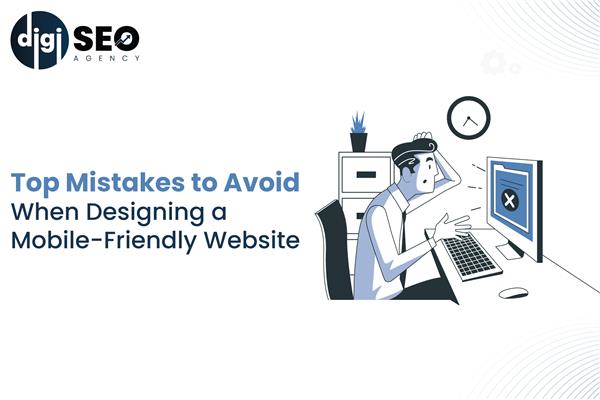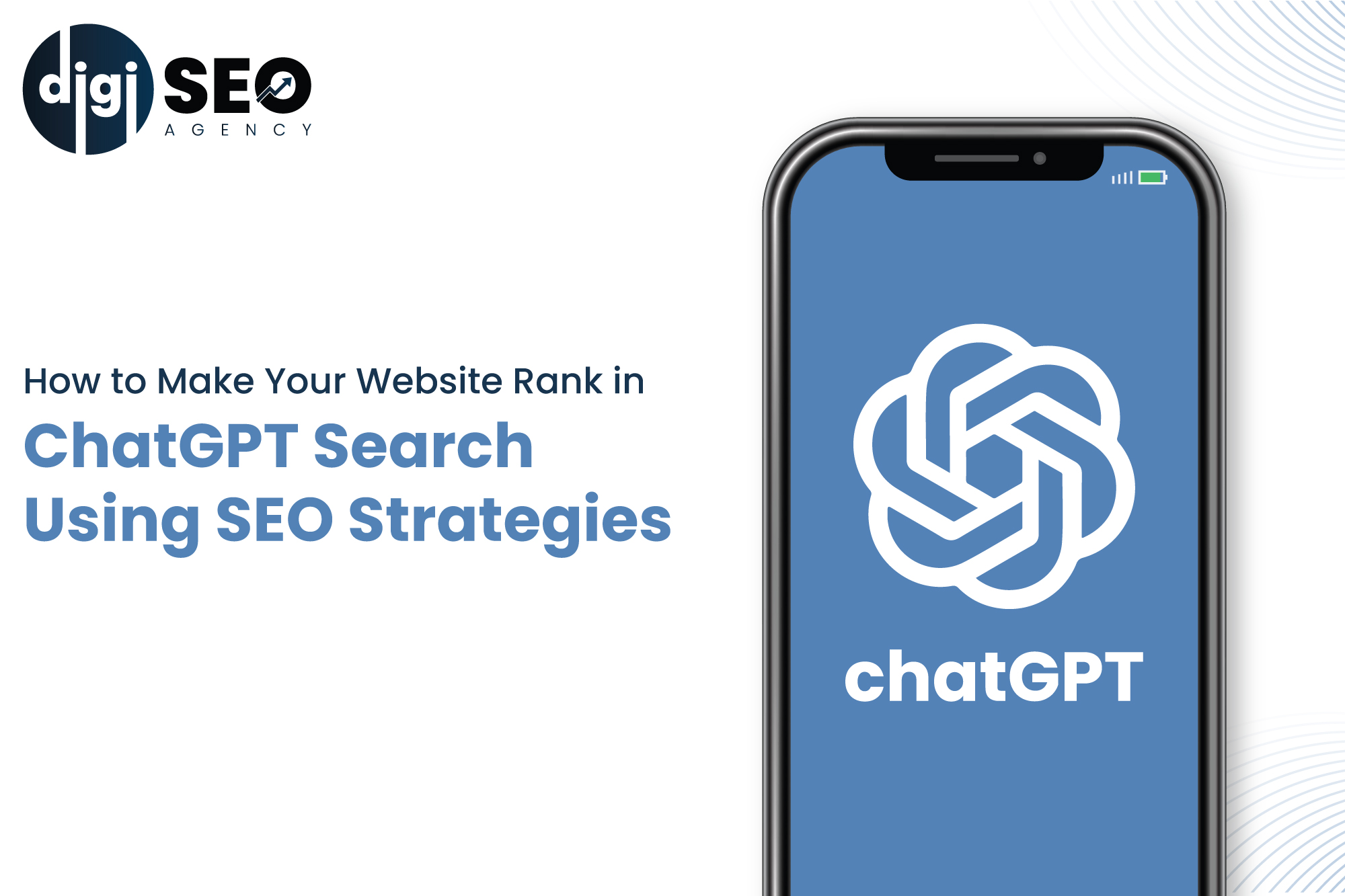These days, having a mobile-friendly website is no longer optional, it’s a must. With most people using their phones to browse the internet, a site that doesn’t work well on mobile can mean losing visitors and customers. If you’re a business owner planning to build or improve your website, it’s important to avoid some common mistakes that could hurt your mobile user experience.
Ignoring mobile users
One of the biggest errors is creating a website that looks great on a desktop but feels clunky and hard to use on a phone. Mobile users interact differently; they use their thumbs to scroll, expect things to load quickly, and want simple navigation. If your website doesn’t make things easy for them, they’ll likely leave and not come back.
It’s crucial to focus on a clean design that removes unnecessary clutter, uses easy-to-tap buttons, and highlights the most important information. What works on a big screen often doesn’t fit well on a small one, so adjusting your design with mobile users in mind makes all the difference.
Slow loading
Nobody likes waiting around for a website to load, especially on mobile where people are often on the move. If your pages take too long, visitors get impatient and leave. Plus, Google notices slow sites and may rank them lower in search results.

Let’s create a website your customers will love
Learn MoreMake sure your images are optimized, avoid heavy code, and choose a hosting service that keeps your website speedy. Small tweaks here can make a big impact on how quickly your site loads.
Confusing menus
Trying to squeeze complex menus onto a small screen can confuse visitors. If your navigation has too many layers or tiny links, users will struggle to find what they want.
Keep menus simple, use clear labels, and make sure buttons are big enough to tap easily. Easy-to-use navigation helps visitors stay longer and browse your site comfortably.
Confusing text
Text that’s too small or blends into the background makes reading a hassle. On mobile, this is even more important because screens are smaller.
Choose readable fonts, decent sizes, and colors that contrast well. Break up your content into short paragraphs to make it easier on the eyes.
Small buttons
Mobile devices don’t use a mouse, they rely on fingers and thumbs. If links or buttons are too close together or too small, people can accidentally tap the wrong thing.
Make sure clickable elements have enough space and size to avoid frustrating mistakes.
No device testing
Just because your website looks fine on your phone doesn’t mean it works perfectly everywhere. Different phones, tablets, and browsers can display your site differently.
Testing your site on multiple devices helps catch problems before your customers do.
Missing local SEO
If you serve customers in specific areas, your mobile website should make it easy for them to find and contact you. Including your location details, clickable phone numbers, and map links can help local customers reach you faster.
If you’re searching for WordPress development services, ensure your mobile website supports your local marketing efforts.
Too many pop-ups
Pop-ups can be annoying on any device, but on a small screen, they often block the entire view. Too many ads or hard-to-close pop-ups drive users away quickly.
Keep your marketing messages light and respectful to maintain a positive experience.
High size images and videos
While visuals are important, large files slow down your site and can cause layout issues on mobile screens.
Use compressed and responsive images so they load quickly and look good on any device.
Unclear actions
Your visitors should always know what to do next whether it’s calling you, signing up, or making a purchase. If your call-to-action buttons are hidden or confusing, you might miss out on valuable leads.
Use clear, visible buttons and simple language to guide users.
Read Also: Top On-Page SEO Techniques That Still Work in 2025
Conclusion
Designing a mobile-friendly website isn’t just about shrinking your desktop version. It means understanding how people use their phones and making the experience as smooth and enjoyable as possible. Avoiding these common mistakes can help you keep visitors happy, improve your search rankings, and grow your business.
If you want to make sure your website shines on mobile devices and brings in more customers, consider working with professionals. Whether you need an SEO company in Ahmedabad or quality WordPress development services, focusing on mobile usability is a smart step for your business’s future.




